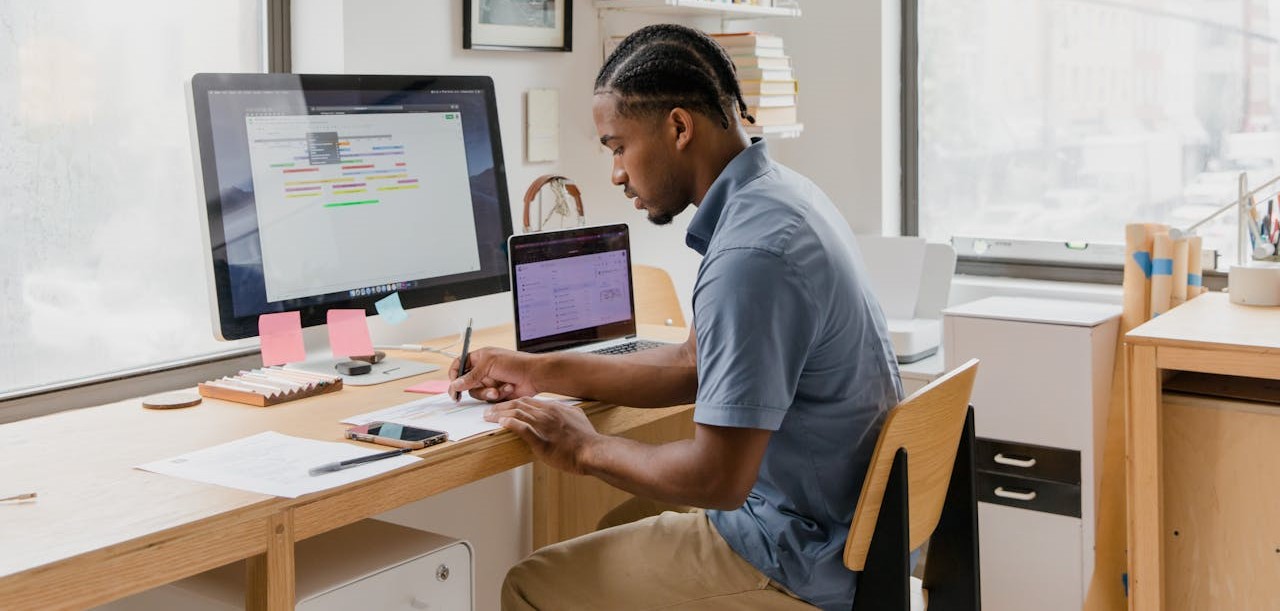Being dyslexic and studying for a degree can feel challenging at times. It may well be there are some study skills and strategies you haven’t discovered yet that might help you make your study time more effective.
Here are five top tips that are tried and tested.
1 Planning is key

We all know how powerful a deadline can be, but being dyslexic means that you might need a bit more time to prepare for that assignment. Try to break this down into stages and set yourself mini deadlines. Work backwards from the official deadline and make time for checking and editing your work as well as writing it.
2 Make proofreading work for you

We often read what we think we’ve written as opposed to what’s on the page. Try using the ‘read aloud’ function in Word to hear what your writing sounds like. This can help you find errors. You may also find working from the end of an assignment and reading it paragraph by paragraph helpful. Reading out of order means you are less familiar with what you think you wrote and can be another way to spot errors.
3 Harness your creativity

Do you prefer to draw rather than write? Or love talking? Try to use alternative forms of note taking. I really like a visual page of notes to summarise things I am reading or even a wall covered in post-it notes. I know other people find voice notes really helpful too.
4 Pace yourself

Focusing on text for a long period of time can be challenging, but it is often even harder when you are dyslexic. Try to break down your study time into manageable chunks. One technique for this is the pomodoro technique. This involves working in 25-minute bursts with 5-minute breaks. You don’t have to use these timings: adapt it for what works for you. There are even apps that can help.
5 Use the support on offer

It can be all too easy to try and find all the solutions yourself but you don’t have to. Talking about the challenges you face with your tutor or Student Support Team can help you discover solutions that are tailored to your needs. If you are an Open University student, there are also specialist services that can offer extra guidance if you need it, so don’t hesitate to reach out.




Rate and Review
Rate this article
Review this article
Log into OpenLearn to leave reviews and join in the conversation.
Article reviews